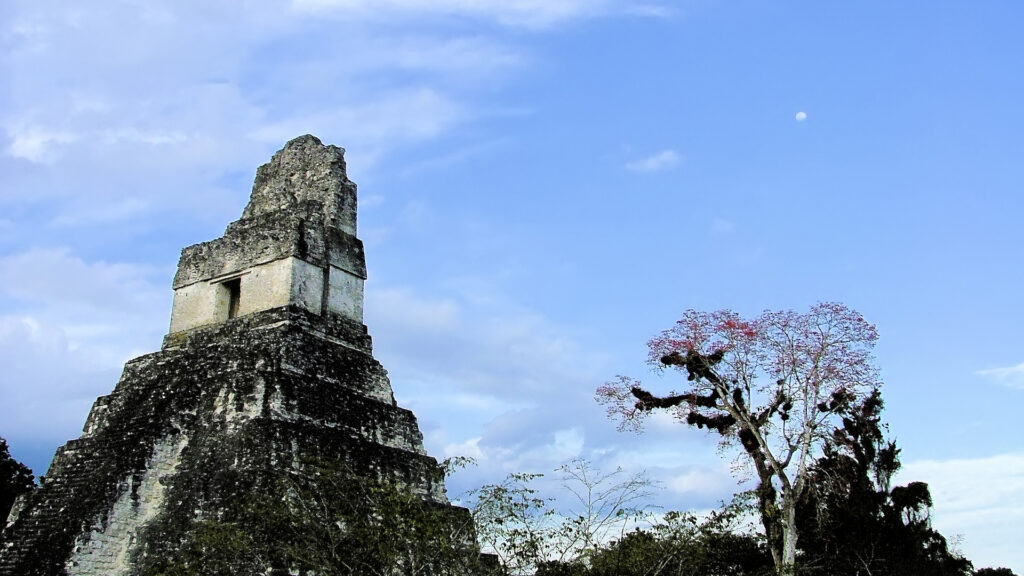Almost 4,000 years ago, the first Maya obtained their food from hunting, fishing, and collecting wild fruits.
When they settled in permanents communities, they began to cultivate certain food plants through specialized systems, although they continued to hunt games for food or sacrificial ceremonies.
Several natural products were utilized as raw materials, animals, plants, and minerals to obtain pigments. Plant fibers, such as cotton, were used to make cloth.
The bark of fig trees (Amate) was used to make paper for codices, and animal skins were used for various purposes. Rocks as limestone and flint and hardwoods such as the chicozapote were used to make tools.
Towns and cities needed water, so they settled by rivers and lakes. They dug irrigation canals and gathered water in artificial reservoirs or aguadas fed by complex canal systems.
Tikal and most other cities in the Maya lowlands have buildings on small hills or elevations. This site selection avoided flooding during the rainy season and allowed the natural depressions to be used as reservoirs or aguadas.
The unevenness of the ground was why the Maya built their temples and palaces on top of artificial platforms. The houses of ordinary people followed the same pattern.
Each Platform, such as you will climb in most of the plazas within Tikal National Park during your Guatemala Vacations, was built with several segments and was accessed by a stairway. On top of it, there could be a building around a plaza, along with other structures.

We invite you to discover and explore Maya history in a fantastic Guatemala vacation package in the heart of the Mayan World.




